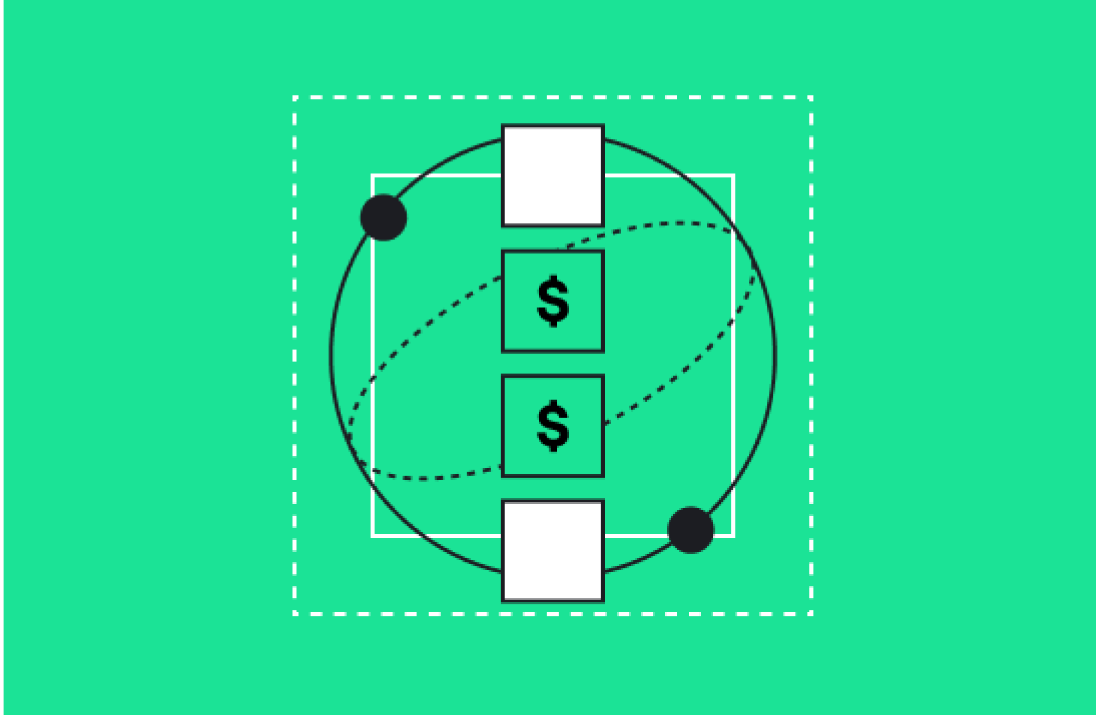If you want to be successful in business, it’s essential to understand your customers.
One of the best ways to understand your customers is by measuring their journey through the buying process and beyond. This allows you to identify barriers, improve your processes, and optimize the customer experience from start to finish.
Here, we'll explore what a customer journey is, how you can measure it, and what steps you need to take to optimize it.
What is a Customer Journey?
A customer journey is a map, diagram, or description of the customer's experience with your business. It includes every interaction the customer has with your company, from the moment they learn about you to the time they become a customer, and even after they've become a customer.
By mapping out the customer journey, you can better understand where customers are getting stuck and identify areas where you can improve the customer experience. You can also use it to track customer behavior over time and measure the ROI of your marketing efforts.
For example, a customer might go through the following processes as part of their journey:
- See an ad online
- Visit your website
- Browse your product or service offerings
- Ask for more information
- Make a purchase
- Make service requests post-purchase
- Purchase add-on services or features
- Refer your brand to someone else
Depending on your business and your sales cycle, the customer journey could take a matter of hours or several months—even years if you have long-term customers. Customer journeys can include various channels, including offline channels like sales conversations between prospects and your representatives.
How to Measure Your Customer Journey
The first step in measuring your customer journey is to define the stages of the journey. This can be done by creating a customer journey map, which is a visual representation of the journey.
The map should include all the interactions the customer has with your company, from the moment they learn about you to the time they become a customer and even after they've become a customer. It should also include what actions the customer takes at each stage.
Once you have defined the stages of the journey, you can start measuring how long it takes for customers to go through each stage and how many customers reach each stage. You can also track how many customers drop out of the process at each stage.
This data can help you identify where customers are getting stuck and where you need to make improvements. You can also use it to track the ROI of your marketing efforts.
You can create a customer journey map on your own, or you can use one of the many free templates available online. For example, HubSpot offers a handy customer journey map template that is free to download.
There are other ways to measure your customer journey. Here are some of the most important:
Conduct Customer Feedback Surveys
One of the best ways to understand your customers is to ask them about their experiences directly. You can generate surveys based on your observations of the customer experience, then ask customers for insights on how to make improvements.
This could also give you an edge against competitors. A significant number of businesses don't do this by default. According to HubSpot, 42% of companies don't survey their customers or collect feedback.
Conduct UI/UX Tests
If you rely on your website to convert customers, sell products, or provide customer services, you need to be sure it's easy to use and navigate. A third-party UI test is a great way to get objective data about the user experience.
Use Net Promoter Score (NPS)
Net Promoter Score is a method for measuring the experiences of individual customers as well as your customer base as a whole. It can also be used as a means to predict business growth. This process typically relies on surveys as well.
The results of most NPS surveys are calculated based on a scale of 1-10. However, they always revolve around a single question: How likely is it that you would recommend our brand to a friend or colleague?
Respondents are then grouped into three categories based on their survey scores.
- Promoters (score 9-10): These are loyal customers who buy often and refer others to your brand, spurring growth.
- Passives (score 7-8): These are satisfied but unenthusiastic customers who may be willing to switch to other brands.
- Detractors (score 0-6): These are unhappy customers who could potentially harm your growth via negative reviews and word-of-mouth.
To calculate NPS, subtract your percentage of Detractors from your percentage of Promotors. The score can range from a low of -100 (every customer is a Detractor) to 100 (every customer is a promotor).
How to Optimize Your Customer Journey
It's best to begin optimizing your customer journey after you've taken measurements. These measurements will allow you to identify bottlenecks and other areas of friction as people transition from leads into customers.
You can start by optimizing for "quick wins."
For example, if your website UI analysis yielded information about poor functionality on parts of your website, you can fix them first. This will be especially important if you depend on your website for lead gen or customer service.
Bring in additional data to make improvements to other stages of the customer journey. If some of your marketing channels aren't generating leads and revenue, you can divert more resources to channels that are producing. It could also be a specific issue with your marketing creative, your digital advertising strategy, or your transition phases between leads, prospects, and customers.
Don't neglect the post-customer phase of the journey, either. Use your customer survey data to determine what steps you can take to serve your customers better. This could be as simple as opening new channels for them to contact you or as complex as redesigning the service side of your website.
Finally, track and measure your results regularly, so you can make continued improvements.
Build a Better Customer Journey with Aptitude 8
Measuring and optimizing your customer journey is important to understand and serve your customers better, but it can be a lot of work. Aptitude 8 can help you map your customer journey and make positive changes. We can even help you integrate your tools for more seamless lead gen and customer service processes.
Contact us today to learn more about our capabilities.






